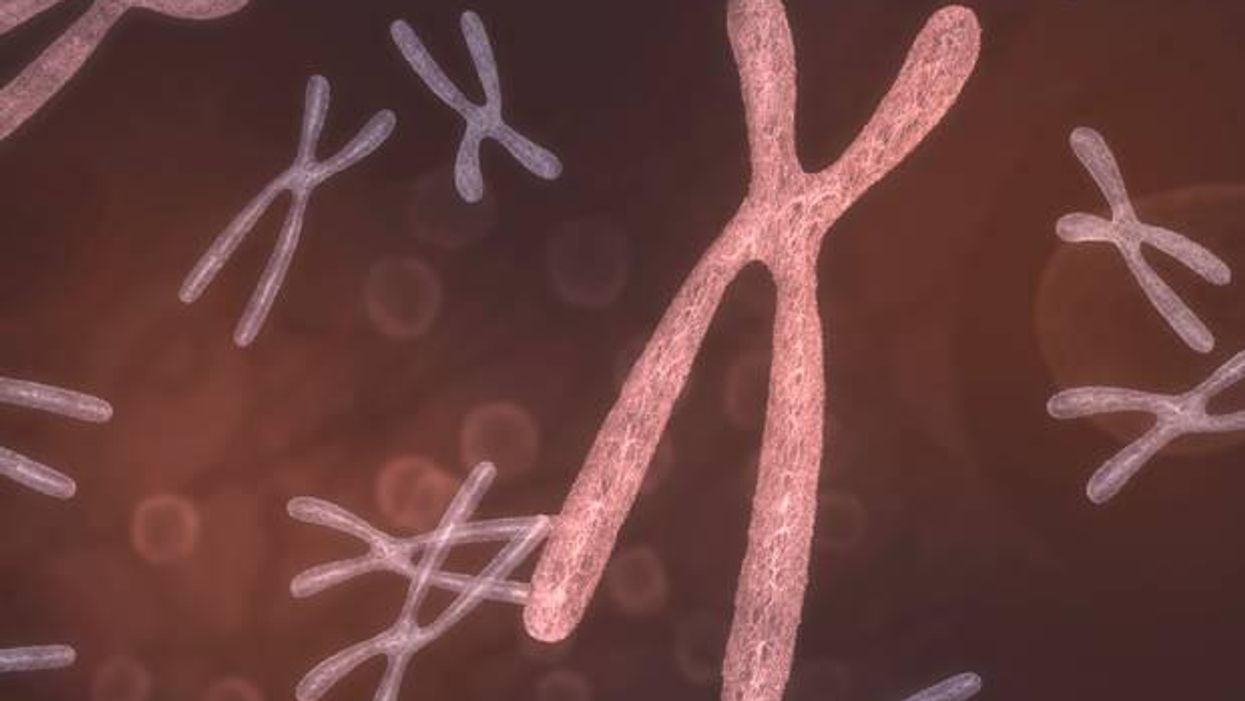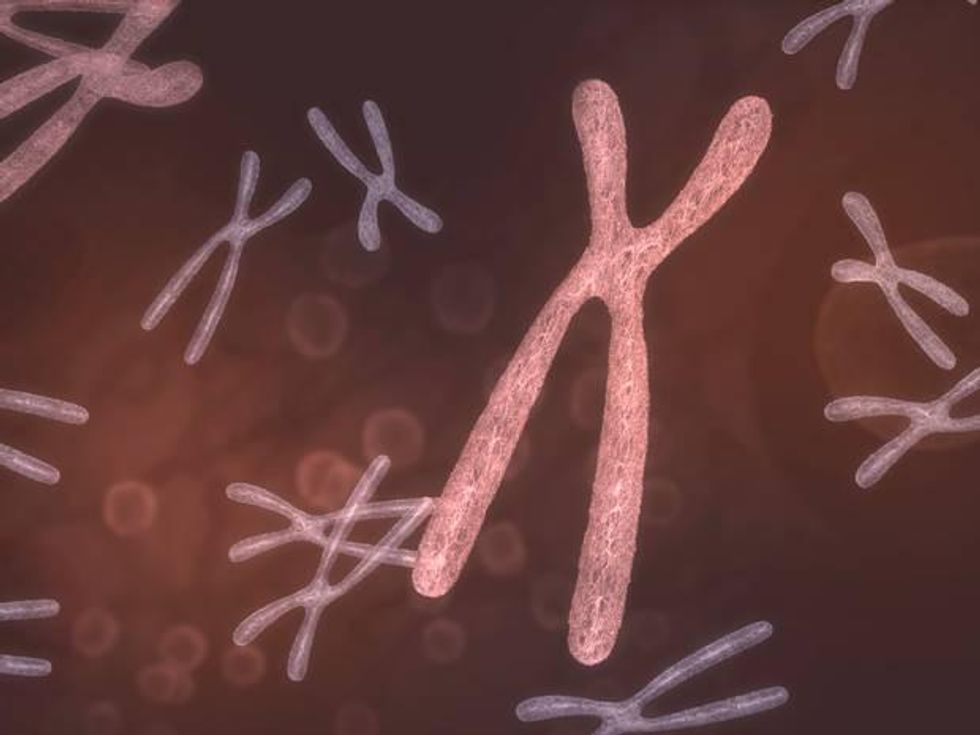Science & Tech
Chiara Cavaglieri
Feb 23, 2015

Identifying people as simply ‘male’ or ‘female’ has its limitations, as a recent article in Nature magazine which examines how increasingly complicated sex-determination can be highlights.
A typical male has XY chromosomes and a female has XX but not everyone fits so neatly into these categories. Scientists already know that people can have sex chromosomes that don’t match their sexual anatomy but genetics can push the boundaries of sexual identity even further.
A closer look at individual cells can give rise to some astonishing results, something Paul James, a clinical geneticist, knows all too well after follow-up tests for a 46-year-old pregnant woman visiting his clinic at the Royal Melbourne Hospital in Australia. Tests revealed that while the baby was fine, a large part of the mother was chromosomally male. Her body was made up of cells from two individuals, one carrying two X chromosomes and the other an X and a Y, most likely as a result of twin embryos merging in her own mother's womb – something referred to as chimaerism.
Some researchers say that as many as 1 person in 100 has some form of DSD (differences or disorders of sex development) and scientists are also uncovering variations in the genes involved in these conditions that can have subtle effects on a person’s anatomical sex.
Recent stories in the mainstream media such as a 37-year-old man who found he had functional female reproductive organs or an Indian man who had a hysterectomy after finding he had a uterus have highlighted these differences.
As Claire Ainsworth, the author of the Nature article explains:
What's more, new technologies in DNA sequencing and cell biology are revealing that almost everyone is, to varying degrees, a patchwork of genetically distinct cells, some with a sex that might not match that of the rest of their body.
More: Will it be a boy or a girl? Family with 12 sons await new baby
Top 100
The Conversation (0)














